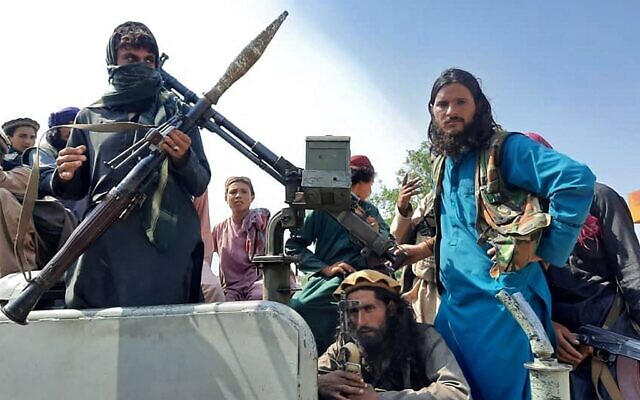Who are the Taliban ?
The 4,444 Taliban originated as jihadist fighters who opposed the Russians during the Soviet invasion of Afghanistan in 1979. Founded in 1994 by the local Imam of Kandahar, Mullah Muhammad Omar, it was originally made up of a small group of people. In the civil war that followed the withdrawal of Soviet troops in 1989, the looting of the warlords raged against the students of the madrassa. His influence spread rapidly in the next two years.
What do you think?
The Taliban is often described as a narrow interpretation of Islamic law inspired by the Deobandi school of fundamentalism. However, during the first period of power in 1998, at the end of the US-led invasion following the September 11, 2001 attack, the Taliban released their own harsh and sometimes esoteric interpretations of Islamic life, inspired by Push Figure tribal code, Pashtovari. Advertisement This removes women from public life, to a large extent prohibits them from working or studying and restricts them at home unless they are accompanied by a male guardian.
Public executions and whippings are common, Western movies and books are banned, and cultural relics considered sacrilegious by Islam are destroyed. Some people believe that the latest version of the Taliban, whose name means “student”, may be more moderate than the period 1996-2001, but this raises suspicion. After their lightning conquest of Afghanistan (including the capital Kabul), there were some disturbing signs this summer, indicating that there may be little change, as the images showing these women have been reportedly deleted and the guards are in the houses of well-known women Posted outside. Including politicians, the opposition was reportedly assassinated.
How will they govern?
As Ahmed Rashid noted in his authoritative 2000 history, Taliban, published before the fall of the first Taliban regime, a fundamental problem of the group then was that it was “essentially caught between a tribal society which they tried to ignore and the need for a state structure which they refuse[d] to establish”.
When the Taliban took power, as the former Afghan deputy minister of defence Tamim Asey has pointed out, they “had no funds and no plan or programme for governance beyond a vague and generalised idea of a government based on the sharia system”.
Have they changed? That is the key question. As Thomas Ruttig suggested in a paper for the Combating Terrorism Center’s Sentinel in March: “During their resurgence [post-2003], and particularly their expansion into non-Pashtun areas, the Taliban increasingly proved that they were a learning organisation.
What about issues such as women’s rights?
The new iteration of the Taliban has paid lip service – albeit in often very contradictory statements – to what it says is a less harsh approach to women than in the 1990s, though much of it seems designed for external consumption during the negotiations in Qatar.
The deputy leader Mullah Abdul Ghani Baradar’s public statement that the kind of women’s rights promoted under the US-led intervention only led to immorality and anti-Islamic values is probably more indicative of where the Taliban stand on the issue.











